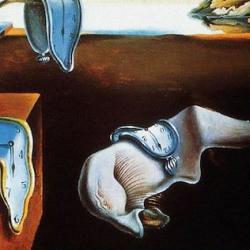The vision of the heavenly city at the end of Revelation contains a major oddity: The city descends twice. There are structural reasons for this. The first vision concludes one sequence in Revelation, and the second introduces a final vision. It is the same city, but the vision gives us different phases of the city’s descent. 21:1-8 unveils final new creation, after judgment; 21:9-22:5 is the present city, the church, the millennial city. The present city is the one that is adorned, but, again, these are two phases of the same city. That suggests that the final city, which is shown first, is the fully adorned city. She is said to be “adorned for her husband” (21:2), and the same verb describes the walls of the present city (21:19).
Since these two visions are visions of the same city in different phases, we can conclude that the adornments that the kings bring, their glory, becomes the glory of the final city. The bride is adorned with the glory of the nations. Our creations become a permanent part of the glory of the city of God. God allows us to adorn His bride.
It seems odd that the future city is portrayed first. We think of time flowing from past through present to the future. But our lives don’t actually work that way. Aristotle describes four causes – formal (shape), material (stuff), efficient (agent), and final (aim or purpose) – and says that the final cause is the first cause. We decide what we want to accomplish, and then we work backwards. We have an aim or vision, and then we try to grope toward the fulfillment of that vision. The vision may be quite vague and incomplete, more an intuition or an ambition than a portrait; but it’s enough to move us forward. And as the vision gets clarified, the steps we need to take to realize the vision become clearer as well.
That is the movement of artistic creation, of political life, of family life, and of human life in general. Aristotle uses the example of a sculptor to illustrate his causes. We first ask what it is we want to accomplish, the purpose for our work, and then we backfill. In most every important endeavor of life, it’s future first.















